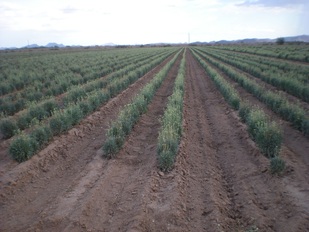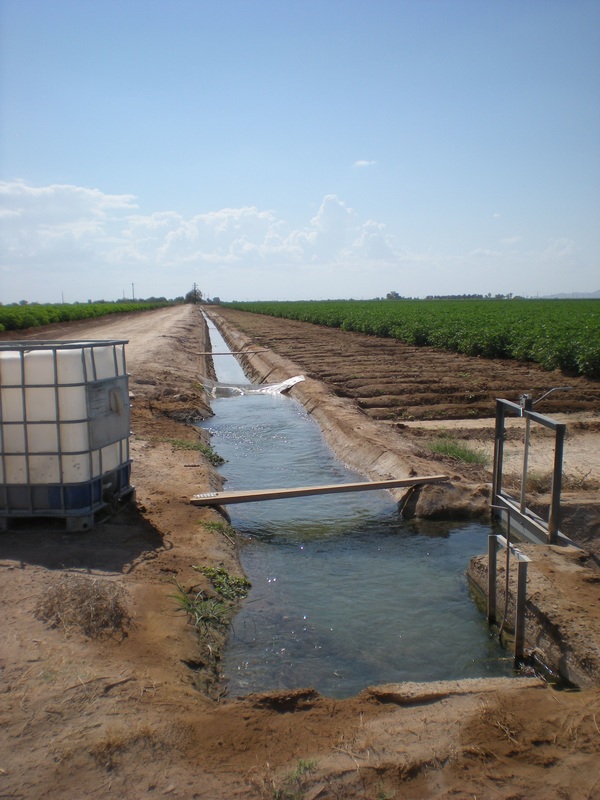Participants:Dr. Hallie Eakin, Arizona State University
Dr. Abigail York, Arizona State University Dr. Marty Anderies, Arizona State University Dr. Rimjhim Aggarwal, Arizona State University Summer Waters, The Sonoran Institute Skaidra Smith-Heisters, Arizona State University Chrissie Bausch, Arizona State University Cathy Rubiños, Arizona State University Funding: Decision Center for a Desert City
and National Oceanic and Atmospheric Administration Duration: 2013-2015See project website to find out more! |
Risk perception, institutions and water conservation:
Projects:

In face of increasing drought risk in semi-arid and rapid urbanizing regions, such as the US Southwest, it is increasingly important that the diversity of water users collaborate and participate in the adaptation and transformation of water-use systems. Despite declining crop production area in central Arizona, irrigated agriculture remains the primary water user. While the last decades have witnessed a growth in climate services and drought monitoring in Arizona, as well as programs to support enhanced water conservation in farming, available evidence suggests that the Arizona farm sector has yet to take full advantage of these services. This project aims to help farmers maximize opportunities to enhance their flexibility in face of climatic stress while also investing in the resilience of the broader social-ecological system on which farmers depend. Specifically, we will evaluate the relationship among farm-level capacities and perceptions, information use, technology adoption, and the institutional context of decision-making. We ask: 1) What role do water resource management institutions play in farmers’ perception of climate risk, interest in, and use of climate services (specifically drought information and early warning) and their capacity to innovate in water conservation? 2) What are the robustness-vulnerability trade-offs associated with different modes of interaction between institutions, information, and agent decision-making in the study area? 3) What institutional arrangements and communication strategies will facilitate learning and innovation in response to increased water scarcity? The project aims to contribute to theory on adaptive governance, water resource management, adaptive capacity, and institutional analysis through an explicit investigation of the role of water resource management policy – ostentatiously designed to protect farmers from environmental variability – in enabling or inhibiting adaptive action.
|
Publications:
Eakin, H., York A., Aggarwal, R. M., Waters, S., Welch, J., Rubiños, C., M., Smith-Heisters, S., Bausch, J.C., and Anderies, J. M. 2015. Farmers’ capacities and water institutions in face of hydro-climatic change: Irrigated agriculture in the urbanizing SW United States. Regional Environmental Change. DOI 10.1007/s10113-015-0789-y.
Bausch, J. C., Eakin, H., Smith-Heisters, S., York, A. M., Rubiños, C., and Aggarwal, R. M. 2015. Pathways to sustainability at the agriculture-urban interface: The case of central Arizona. Agriculture and Human Values DOI 10.1007/s10460-015-9589-8
Bausch, J. C., Eakin, H., Smith-Heisters, S., York, A. M., Rubiños, C., and Aggarwal, R. M. 2015. Pathways to sustainability at the agriculture-urban interface: The case of central Arizona. Agriculture and Human Values DOI 10.1007/s10460-015-9589-8



